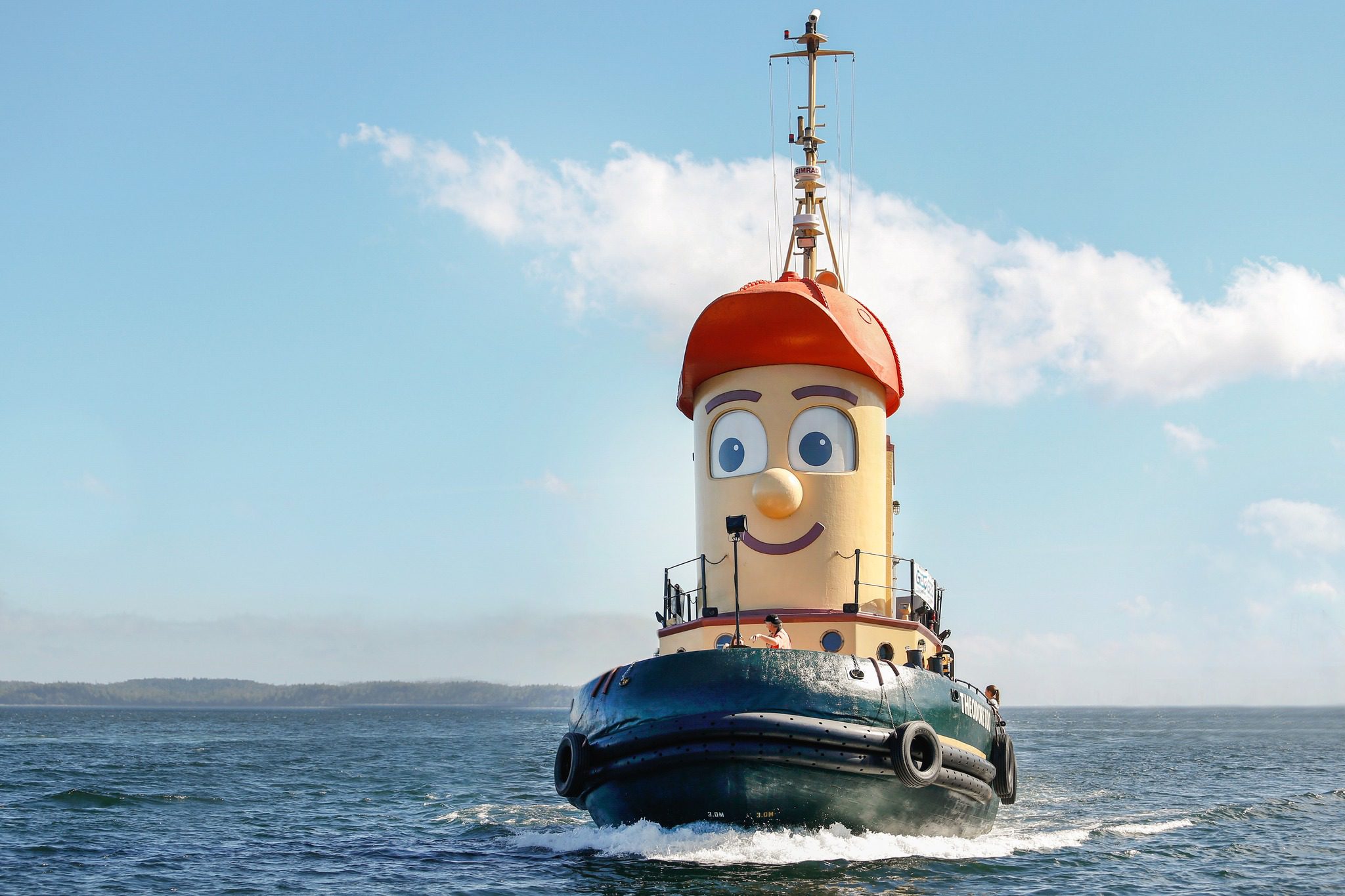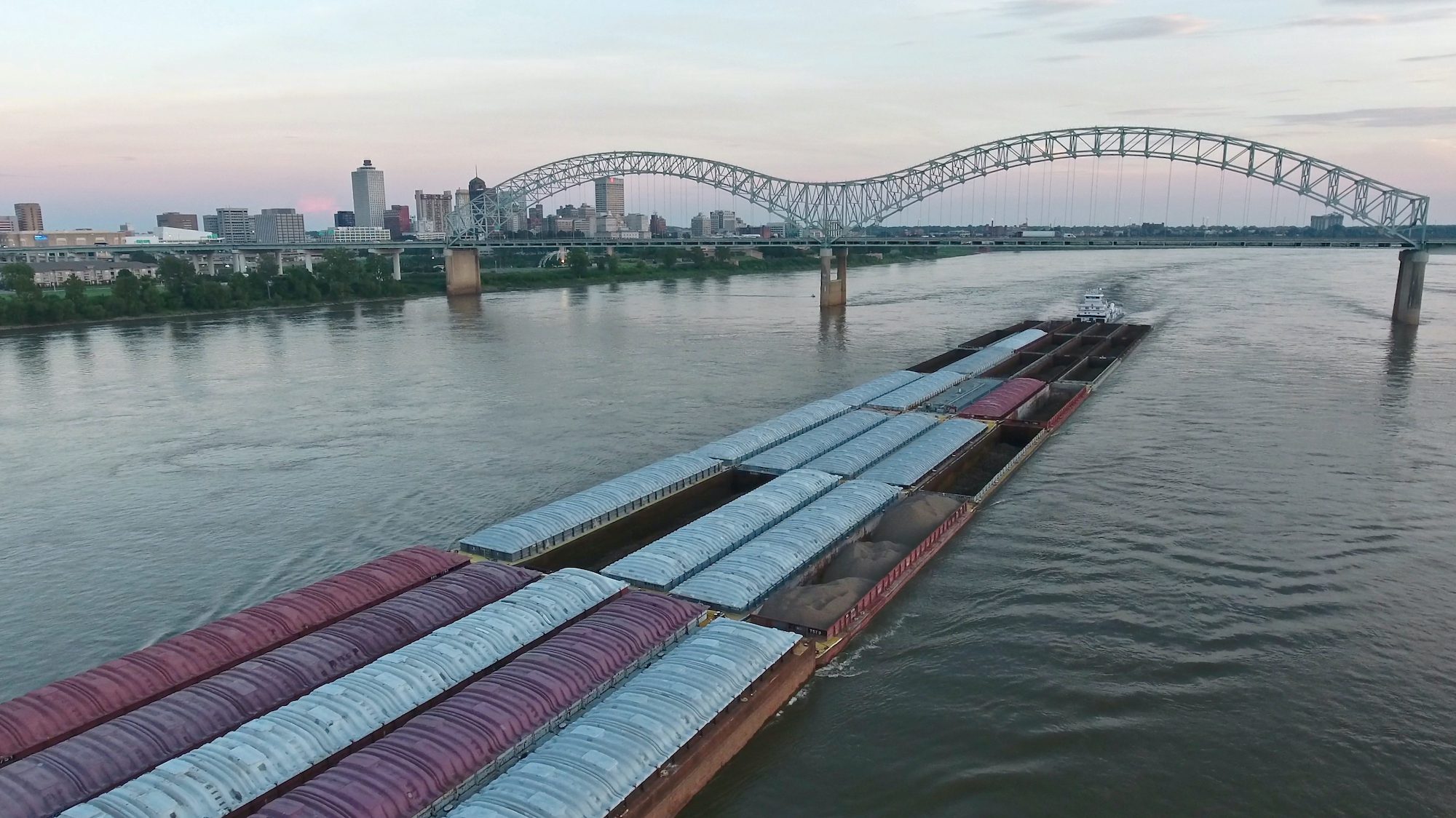Coast Guard HH-3F helicopter. File Photo: Coast Guard Aviation Association
By Michael Carr – “Is he dead?” the diver asked.
“Shit, I have no idea,” his buddy said.
“Is he breathing?” asked the first diver.
“You guys need to start CPR,” said the helicopter crew chief, we are taking off now.
“Right,” said the first diver, as he and his buddy tried to position themselves to do just this inside the cramped crew compartment of the Coast Guard HH-3F helicopter.
There is never enough room inside these helicopters, chock full of rescue gear, baskets, and people. And now their SCUBA gear, and this guy, who may or may not be dead, leaves little room to move or conduct effective CPR.
But the worst was still to come, the cramped space would quickly become much less of an issue.
An hour ago these divers were working in their warehouse adjacent to the runway at Air Station Elizabeth City N.C. when their phone rang.
“This is the Ops Center, send your dive team down here ASAP. A car has driven off the Swan Quarter ferry, the driver is still inside, we need to fly your divers there to get him out.”
Swan Quarter NC is on the north shore of Pamlico Sound, 80 miles due south of Elizabeth City NC. This is a 30-minute flight for an HH3F helicopter, and if there is an air pocket inside the submerged vehicle the drive might still be alive.
“Throw your gear in the pickup, let’s go!” they shouted to their teammates. Dive gear is always stowed for immediate response. Just like a fire department, the divers had their gear in green canvas bags on racks. Grab your gear and go.
They hauled ass out the door, driving directly onto the runway toward the waiting helicopter, which had already spun up her rotors. As they piled in the back, they gave the crew chief a thumbs up and the helo immediately lurched skyward.
The two divers tore into their dive bags, out came wetsuits, regulators, fins, masks, buoyancy compensators, and knives. They suited up within minutes and checked each other out. Good to go.
It was too loud to talk inside the helo, and there was really no need. HH3F are amphibious, they can land on the water, so the divers knew the pilots would either land next to the ferry or hover low enough so they could jump out. Either way would work, they just needed to get out of the helicopter and down to the submerged car.
Coast Guard helicopter pilots are awesome, they put you down wherever you ask and do it right the first time. As the helo approached the Swan Quarter Ferry terminal the divers could see the commotion and emergency vehicle activity.
As they learned later, the submerged vehicle had gone into reverse and driven off the ferry after it had docked. The H3 helo dropped into a hover 50 feet from the ferry’s stern, just a few feet off the water, and the divers bailed out.
The water was brown and dirty, visibility was only a few feet. They swam on the surface to the ferries stern and dove down to the submerged car. Its doors and windows were intact and closed. They could not see inside and realized they could not easily gain access. Up to the surface they went.
Looking down from the ferry was a tow truck operator holding a cable and hook in his hand. No words were necessary.
“Give us the hook and pay out the cable, we will hook to the car and you pull it up!” the lead diver directed.
Down they went again with the hook and cable, they wrapped it around the front axle and secured the hook.
Back to the surface, “Take up the slack!” they shouted up to the tow truck operator. Immediately there was the sound of a hydraulic winch taking up the slack. The wire became taught and began to vibrate and twist. Up came the car, front first.
Water was draining out from the door jams and window frames. As soon as the front doors were exposed the divers broke the driver’s side window and dragged out the driver. They had no idea if he were dead or alive. The water was cold. Maybe he’s alive, who knew.
Their job now was to get him into the helicopter and to a hospital. There was no time to place him in a litter, they dragged him the 50 feet back to the hovering helicopter, which was now lowering itself onto the water.
Into the helicopter went the driver and two divers, and with water draining out of the back ramp and doorway the helo took off, headed towards the Elizabeth City Hospital.
There was no EMT or Corpsman on the helicopter, there had been no time to put one on when they had departed Elizabeth City. So now, the Crew Chief was telling the divers what they already knew.
“You guys need to start CPR”, he said.
A “stoma” is defined as: “an artificial opening between two hollow organs or between one hollow organ and the outside of the body, constructed to permit the passage of body fluids or waste products.”
Stomata’s are frequently surgically formed in the throats of people who have cancer and cannot breathe through their mouths. Instead of just having two openings in your face, a mouth and nose, the person now has three. And the stoma is not easily seen when closed.
“Ok, you do the compressions, I’ll do the breathing,” said the lead diver.
“Got it”, said his buddy.
Tilt head, pinch nose, blow into the mouth.
A huge geyser of brown, stale, god-awful smelly water erupted from the driver’s throat.
“What the Fuck!” both divers said in unison. This was a scene straight out of the Exorcist.
“He’s got a hole in his throat” shouted the diver doing the compressions.
Not recognizing the condition or knowing the correct term they both looked at each other.
“It’s a stoma, a hole for breathing, you’ve got to blow through that hole and close his mouth and nose,” yelled the crew chief.
“You have got to be shitting me,” said the lead diver. “God damn this is fucked up,” he thought.
“OK, here goes”. He put his mouth over the stoma, and with his hand tried to keep the nose pinched and mouth closed. He tried to not think about how bizarre this must seem.
“This dude better live,” he thought.
For 30 minutes, inside the wet, muddy and gear strewn helicopter the two divers did their best to administer CPR and breaths through the stoma.
“Landing in 5 minutes,” yelled the crew chief. They were going into a hover over the Elizabeth City Hospitals roof-landing pad. A group of nurses and doctors, holding onto a litter approached the helo as it touched down and removed the driver.
Inside the helicopter, the two divers had no idea if the guy was alive or dead, or if he had even been alive when they pulled him from the car.
“What a mess,” they said to each other. “That was crazy”.
When they landed back at the Coast Guard Air Station they dumped their gear into the back of the Jeep pickup and were driven back to their warehouse.
As they pulled up outside, team members came out to meet them.
“Do you know if the guy lived?” they asked.
“No, he drowned. Lungs full of water, he was probably dead when you pulled him out of the car.”
The two divers looked at each other, and they knew what the other was thinking.
“Yea, we did the right thing, as fucked up as that was, we were going to give that guy every chance to live.”
“Hey, you want to go grab a beer after we clean up our gear,” asked the lead diver.
“Shit yes,” said his buddy. They had done what they were trained to do and had not given up on what would always be known as that “stoma dude”!

 Join The Club
Join The Club











